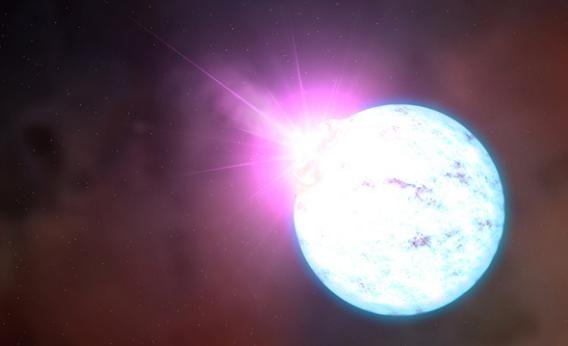Create a free profile to get unlimited access to exclusive videos, sweepstakes, and more!
Crash Course Astronomy: Neutron Stars, Pulsars, and Magnetars

Despite my fascination with asteroid impacts, black holes, supernovae, and other uber-violent astronomical catastrophes, they don’t scare me.
I mean, sure, they’re scary, but they don’t frighten me personally, viscerally. The wonder and awe I feel from them is real, but I don’t get that holy-yikes-these-things-can-kill-us vibe. They’re just too far away.
Then there are magnetars.
These are freshly minted neutron stars, the collapsed cores of high mass that have exploded, leaving behind the ridiculously dense, rapidly spinning, fiercely magnetized ball of neutrons.
In 2004, one of these beasts halfway across the galaxy decided to throw a tantrum, and its effects were physically felt on Earth. From 50,000 light-years away.
Yeah.
So they give me the heebie-jeebies. Just a little.
So how do magnetars get their power? How does a neutron star form in the first place? And how do pulsars play into this?
Here’s a thought: Watch this week’s Crash Course Astronomy!
It’s funny how quantum mechanics—the physics of the very, very small—plays such a huge role in astronomy, which generally deals with things that are very, very big. The Universe doesn’t discriminate against size, and in fact size itself can play a massive role in how objects form and how they behave.
Like with black holes … but I get ahead of myself.














